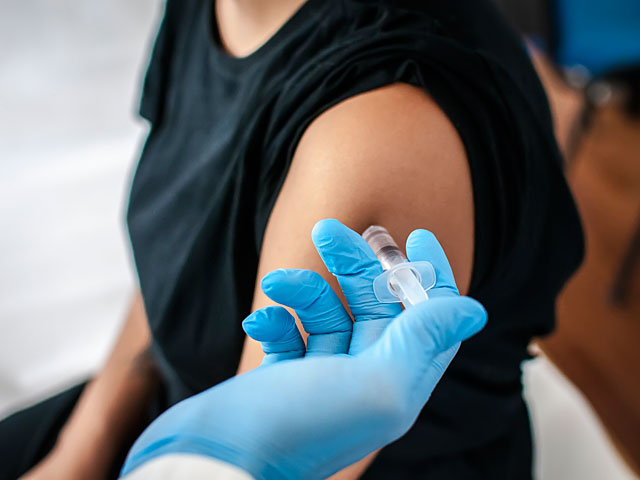
To improve access to immunization services and ensure no one is left behind, WHO continues to support Ukraine in its implementation of multiyear planning and budgeting for vaccines and supplies under routine immunization and supplementary immunization activities.
Countrywide implementation of a 3-year planning methodology, endorsed by the Government of Ukraine in 2018, is key to ensuring proper targeting of children and adults eligible for vaccination. This is also key to providing an uninterrupted supply of safe and high-quality vaccines and injection materials to all levels, according to the World Health Organization.
Along with revision of the distribution and stock management system, it will lead to improved immunization service delivery at every health facility in the country.
Read alsoUnvaccinated foreigners will not be able to enter Poland: minister – media
The series of workshops reviewed challenges and provided recommendations on target group planning, as well as vaccine and supply forecasting for measles outbreak response and poliomyelitis (polio) supplementary immunization activities. The participants also revisited estimations of the number of targeted children under measles outbreak response immunization activities and adjusted coverage rates accordingly. Additionally, they renewed needs for polio catch-up vaccination.
Participants also addressed distribution standards and stock management for vaccines and safe injection supplies. They learned how to establish minimum and maximum stock levels for each vaccine product in line with WHO recommendations on effective vaccine management. They calculated this for all vaccines included in the national immunization schedule and related injection supplies, based on 2019 plans.
The Public Health Center in technical consultation with WHO initiated a renewal of country procedures on distribution and stock management, covering both vaccines and safe injection supplies.
As the next priority area for capacity building within the immunization program, most participants suggested the monitoring of immunization coverage data and the implementation of corrective measures in the field under supportive supervision.

